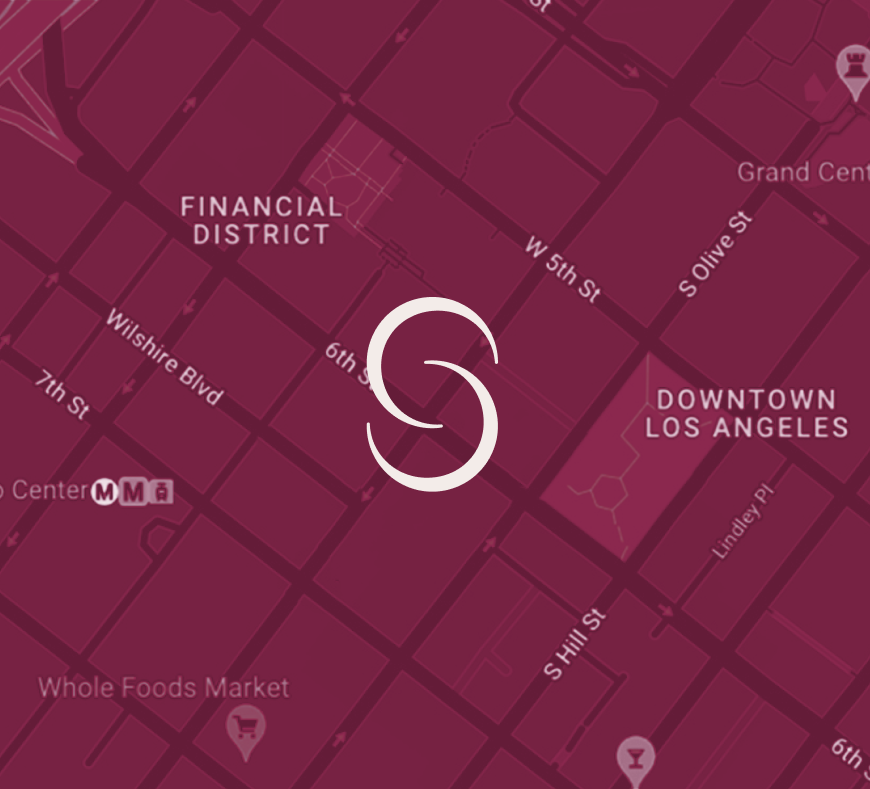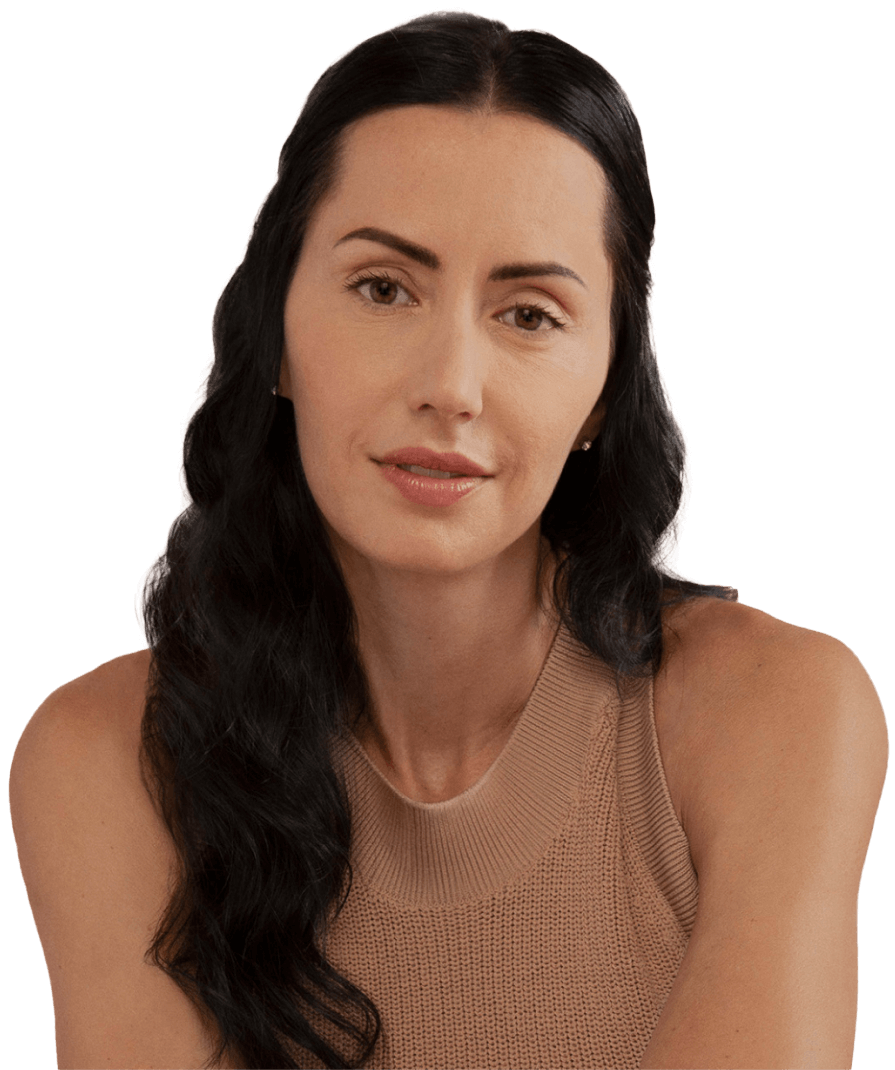Sculptra® (injectable poly-L-lactic acid [PLLA-SCA]) is indicated
for correction of shallow to deep nasolabial fold contour deficiencies,
fine lines and wrinkles in the cheek region, and other facial wrinkles.
Sculptra should not be used by people that are allergic to any
ingredient of the product or have a history of keloid formation or
hypertrophic scarring. Safety has not been established in patients who are
pregnant, lactating, breastfeeding, or under 18 years of age.
Sculptra has unique injection requirements and should only be
used by a trained healthcare practitioner. Contour deficiencies should not
be overcorrected because they are expected to gradually improve after
treatment.
Sculptra should not be injected into the blood vessels as it may
cause vascular occlusion, infarction, or embolic phenomena. Use at the
site of skin sores, cysts, pimples, rashes, hives, or infection should be
postponed until healing is complete. Sculptra should not be
injected into the red area (vermillion) of the lip or in the peri-orbital
area.
The most common side effects after initial treatment include injection
site swelling, tenderness, redness, pain, bruising, bleeding, itching, and
lumps. Other side effects may include small lumps under the skin that are
sometimes noticeable when pressing on the treated area. Larger lumps, some
with delayed onset with or without inflammation or skin discoloration,
have also been reported.
Sculptra is available only through a licensed practitioner.
Complete
Instructions for Use
are available at
www.SculptraUSA.com










